Try these 3 writing and creativity exercises to help you move through the process of exploring, expressing, and integrating your pandemic experience.
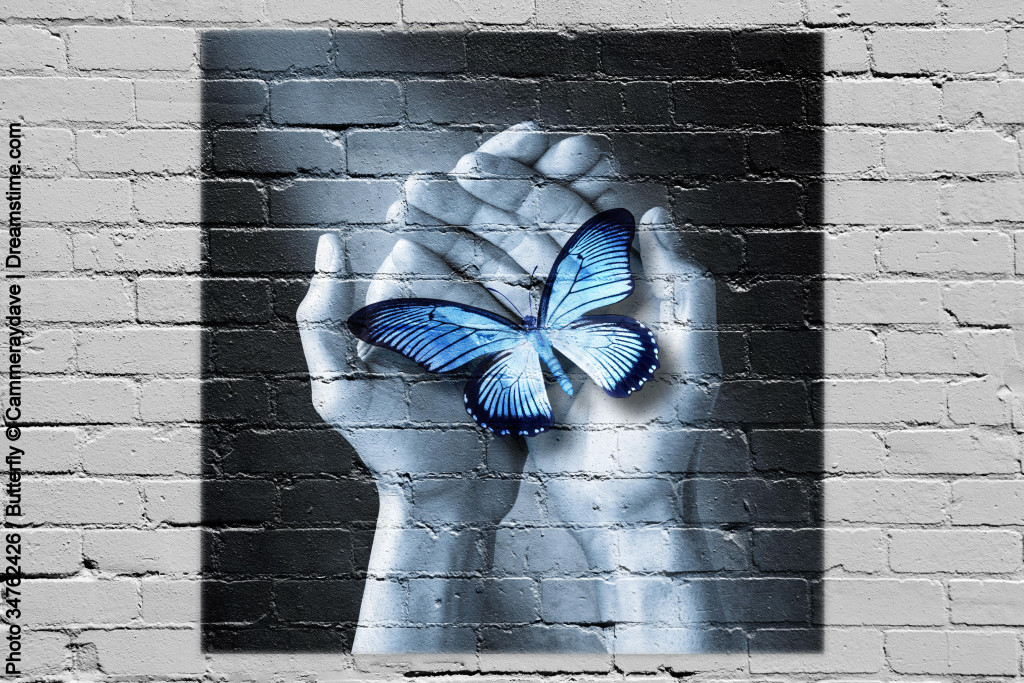
We’ve all experienced more than a year of this devastating COVID 19 pandemic. We don’t know what the future holds with COVID but it seems that things are moving at last in a new direction. Whatever happens, it feels like a good time to digest and reflect upon our experience during the Covid 19 pandemic.
Of course, I turn first to writing as a way to explore my experiences, but if you are a visual artist or a dancer or a musician or songwriter or sculptor or any kind of creative person, you can probably turn these three exercises below to your own craft form.
The main thing is to express and transform. We all know how sad songs and certain music helps us express our emotion in a way that feels transformative and meaningful. Similarly, through our writing or other creative expression we can transform our sorrow and pain into meaning, connecting with the beauty of humanity.
I suggest that you use the writing practice or freewriting approach to all three of these exercises. Set a timer for 10 or 15 or 20 minutes and until the timer buzzes just keep writing continuously without pausing to read, edit or correct what you’ve written. Just let your words spill out. In the words of my friend Natalie Goldberg, who wrote about writing practice in her best-selling book Writing Down the Bones, “Keep your hand moving… go for the jugular.”
1) What did I lose?
It is traditional for communities that have suffered to lament. People grieve what is lost.
So for this first exercise take the writing prompt: The Thing That I Lost, or the Thing That I Missed.
Does an image arise for you? Try to pick one thing to focus on in your writing. I’m sure there are many things that you lost or missed, but the more broad and general you go, the more dilute and generic things can become. So see if you can focus on one specific thing. It might not be a big grandiose thing, it might be something that might seem very small to someone else. So what is specifically YOURS? Take this prompt and tell us about The Thing That I Lost, or the Thing That I Missed.
Before moving on to the next exercise, pause for a moment, feel your feet on the ground and take some breaths. Feel your breath slowly filling you up, slowly releasing.
2) What Sustained me?
Find an object in your home or outside in your garden or on your daily walk that symbolizes the strength or sustenance that supported you through the pandemic. It might be a photo of a family member, symbolizing the love you felt from distant relations that kept you sane. It might be a rock, symbolizing your strength, or a fern, symbolizing the beauty of the world that fed your soul during the pandemic and kept you going.
Something sustained you through the challenges of the last year, so find an object that symbolizes that thing or that relationship. Then sit with the object for a few minutes and breathe it in. Start by writing about the object, describe it using all the senses that you can – how does it look, does it have a sound, does it have a fragrance, how does it feel to the touch? Capture the sensory details, then expand out into how it represents the thing that sustained you. Artists, you might draw the object. Dancers, dance it, use your imagination to connect to that object.
Before moving on to the next exercise, pause for a moment, feel your feet on the ground and take some breaths. Feel your breath slowly filling you up, slowly releasing.
3) What Did I Bring With Me?
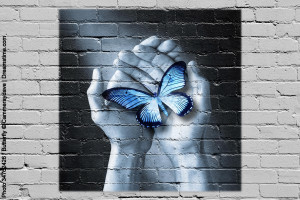 Now think of one thing you discovered of value during the pandemic. Tell us about it in writing, tell us how you discovered it was of value. Tell us what you are bringing with you out of the pandemic into your life as we go forward.
Now think of one thing you discovered of value during the pandemic. Tell us about it in writing, tell us how you discovered it was of value. Tell us what you are bringing with you out of the pandemic into your life as we go forward.
Notice the emotions evoked in you through these three writings. When you’ve completed them, you might want to read over your writings, perhaps read them out loud — to yourself, to the trees, to your dog, to a trusted friend.
I’d love to know how these exercises work out for you! Please leave a comment or connect with me on Facebook.
If you are a meditator, consider joining our Sage Institute Meditation Leader Training certification program, led by my husband Sean Tetsudo Murphy Sensei and I’m on faculty too. Our 2021 cohort for the 9-month 200-hour certification program starts August 23.
Tania Casselle is a writer for magazines, book publishers, and online media. She also coaches writers and leads online writing seminars including the successful Write to the Finish online course by phone and email for writers working on a book. She leads in-person writing workshops and retreats in beautiful places, usually teaching with her husband, the Hemingway award-winning author and Zen teacher Sean Murphy.
See more WriterMuscleposts or sign up to receive future Writer Muscle updates.






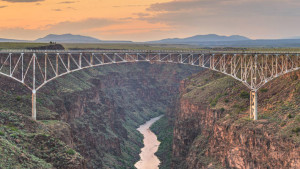
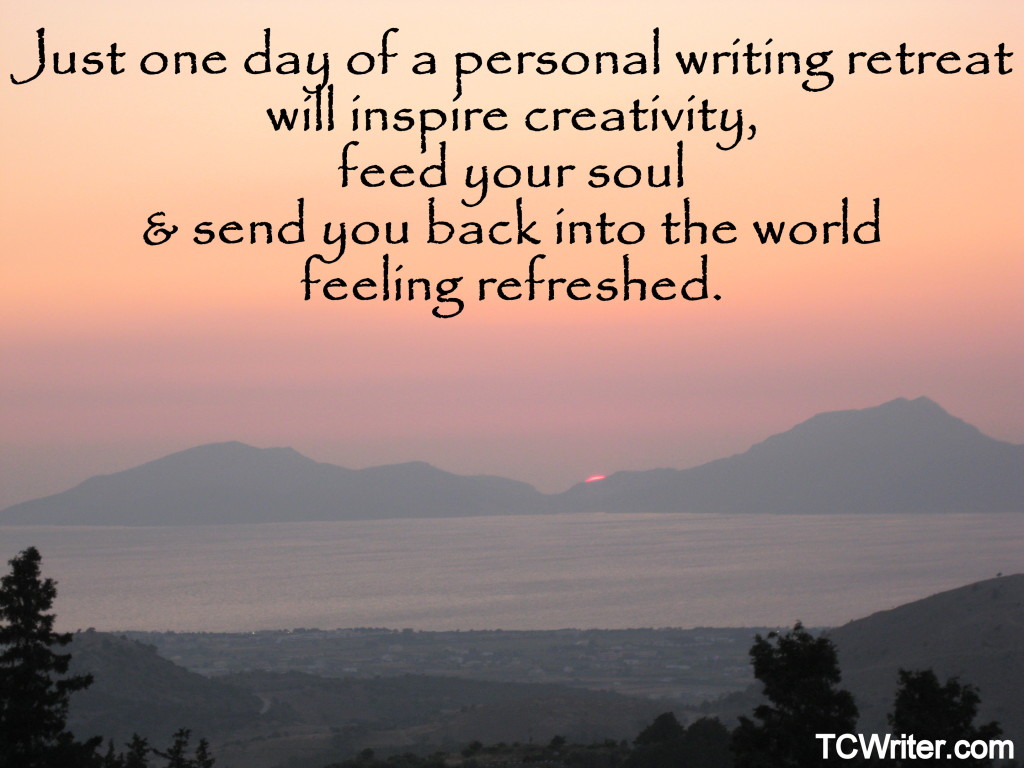

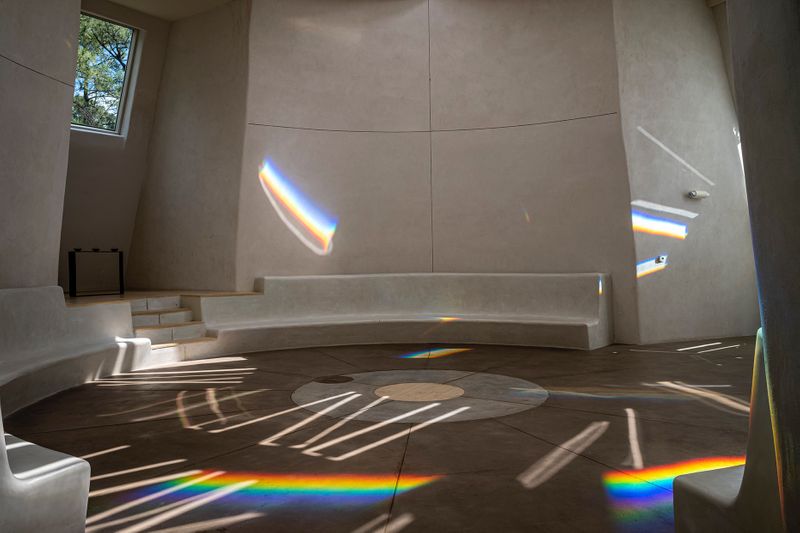
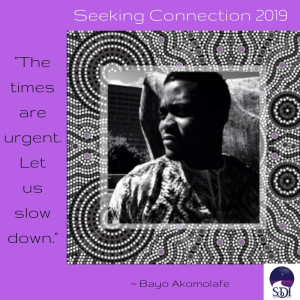 “The Times are Urgent. Let Us Slow Down.”
“The Times are Urgent. Let Us Slow Down.”